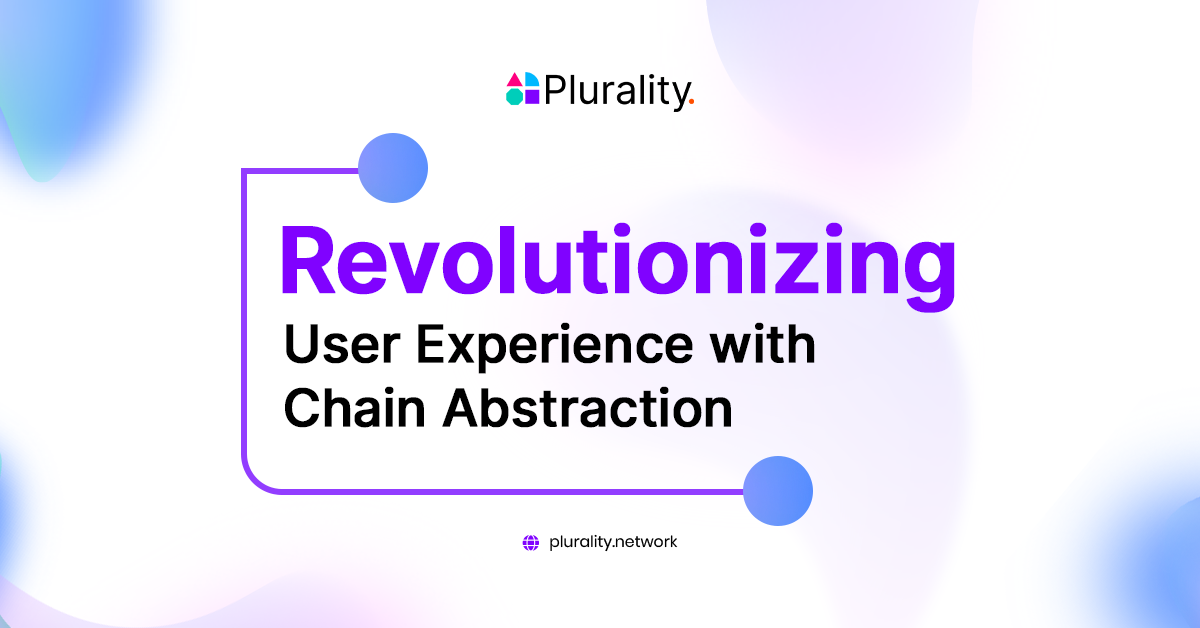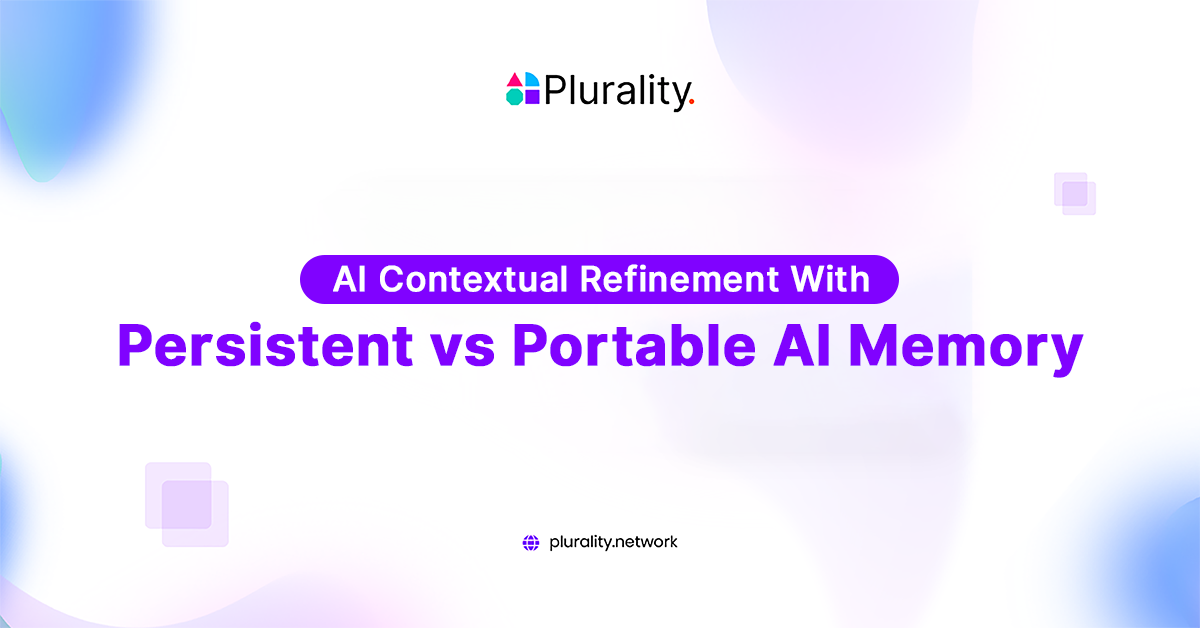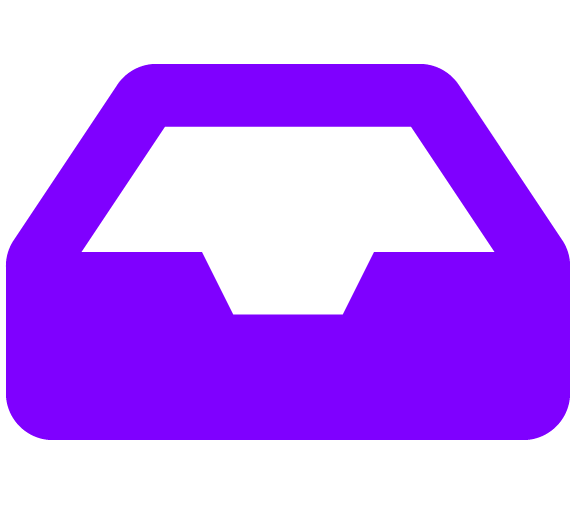Revolutionizing User Experience with Chain Abstraction
By Alev • July 25, 2024

Enhancing user experience is crucial for widespread adoption in the dynamic world of blockchain technology. Managing multiple wallets and seed phrases and navigating various blockchain networks can be daunting for the average non-technical user.
Chain abstraction solves these challenges, making blockchain interactions seamless and user-friendly.
This article explores why making chains invisible to the end user is essential and how Plurality Network’s unique approach to chain abstraction stands out.
Understanding Chain Abstraction
Chain abstraction refers to creating a seamless interface that hides the complexities of underlying blockchain networks from the end user. This concept is similar to how the Internet abstracts the intricacies of TCP/IP, allowing users to browse the web without understanding the underlying protocols.
In the context of blockchain, chain abstraction aims to provide a unified, simplified experience that enhances usability and promotes mass adoption.
The Challenges of Blockchain Usability
Managing Multiple Wallets and Seed Phrases: Users often have to juggle multiple wallets and remember various seed phrases. Losing a seed phrase can result in permanently losing assets, creating a significant barrier to entry for many potential users.
Navigating Multiple Chains: With the proliferation of blockchain networks, users must interact with different wallets on various chains. This adds complexity and increases the risk of user error, further complicating the user experience.
Technical Analogies:
- TCP/IP and the Internet: Just as users can browse the Internet without understanding TCP/IP, they should be able to use blockchain applications without technical details.
- Web3 and Blockchain: For Web3 to achieve mainstream adoption, the underlying blockchain technology must be abstracted, providing a frictionless experience for users.
The Case for Chain Abstraction
Building the Logical Layer: Chain abstraction involves creating a logical layer that integrates multiple blockchain networks and presents them as a unified system to the end user.
- Example with Smart Profiles: Just as chain abstraction integrates the functionalities of various blockchains into a unified interface, smart profiles merge and manage data from multiple sources to create cohesive profiles that enhance the user experience.
Logical Centralization and Physical Decentralization: This approach centralizes the user experience by providing a consistent and simplified interface while maintaining the decentralized nature of blockchain networks. This ensures that decentralization’s security, transparency, and resilience benefits are preserved.
Seamless Interaction: Users can interact with a cohesive system without understanding or managing the underlying complexities. This significantly reduces technical barriers and enhances user adoption.
Plurality Network’s Unique Approach to Chain Abstraction
Plurality Network offers a distinct approach to chain abstraction by aggregating user data and context from different chains to form comprehensive profiles. Each profile is created using interconnected data streams generated against Decentralized Identifiers (DIDs), ultimately linked to user wallet addresses across various blockchains.
This unified profile can be utilized on any web platform, providing a seamless and consistent user experience.
Technical Foundations
Decentralized Identifiers (DIDs):
DIDs are globally unique identifiers that do not require registration through a central authority. Plurality Network uses DIDs for its profile system because of their immutability, correlation resistance, and verifiability.
Plurality Network helps users create DIDs linked to their wallet addresses. These DIDs are connected to decentralized storage streams and store users’ profile information, ensuring decentralization and the self-custodial nature of these profiles.
Verifiable Credentials (VCs):
VCs are digitally signed statements about an entity by a trusted party, used to attest that certain data is correct. Users aggregate data from their existing profiles and addresses using Plurality’s solution to create smart profiles.
This data is authenticated and verified, then provided to the user as a verifiable credential. This ensures that dApps can trust the data in the profile, knowing it is attested and not tampered with.
Interoperable Profiles:
Plurality Network collects user data from various sources, including Web2 social platforms and Web3 ecosystems. By using standardized schemas, the platform ensures that data from different origins is seamlessly integrated, understood, and consistently applied.
Users have control over their profiles, allowing them to manage and authorize sharing specific data points with particular services.
Data Privacy and Security:
Profile data in Plurality Network’s infrastructure is stored on decentralized storage and encrypted using the user’s keys. This ensures that only one party, not even the Plurality protocol, can read the user data if the user expressly permits it.
All data in transit is protected with TLS to prevent interception and tampering. Fine-grained permissions allow users to enable or disable access to specific data points, giving them complete control over their shared personal information.
Benefits of Chain Abstraction
Improved Usability:
- Simplified Onboarding: New users can use blockchain applications without learning about wallets, seed phrases, and multiple blockchain networks.
- Unification of Experience: A single interface managing users’ interactions across many chains offers a superior, more consistent user experience.
Increased Security:
- Reduced Risk: Abstracting the complexities reduces the risks of handling multiple wallets and seed phrases. Users are less likely to lose access to their assets due to technical mistakes.
- Robust Infrastructure: The logical layer can incorporate advanced security functionalities to ensure that actions on the blockchain networks are reliable and secure.
Massive Adoption:
- Reduced Complexity: Lowering barriers to entry increases the likelihood of widespread adoption and usage of blockchain applications, opening up broader applications in everyday life.
- Developer Agility: Developers can focus on creating value-added features and services instead of dealing with the complexities of multiple blockchain networks.
Conclusion
Chain abstraction is a pivotal innovation for usability and accessibility in blockchain technology. It creates a logical layer integrating multiple blockchain networks into a seamless, secure, intuitive user experience.
This approach makes blockchains more user-friendly and secure and significantly enhances the possibility of widespread blockchain adoption. By reducing data and context fragmentation and leveraging technologies like DIDs and VCs, Plurality Network offers a unique and effective solution for creating interoperable profiles that can be used across any decentralized application or blockchain.
As we move towards a more decentralized future, chain abstraction will be at the core of realizing Web3’s full potential, making blockchain interactions seamless and intuitive for end users.



